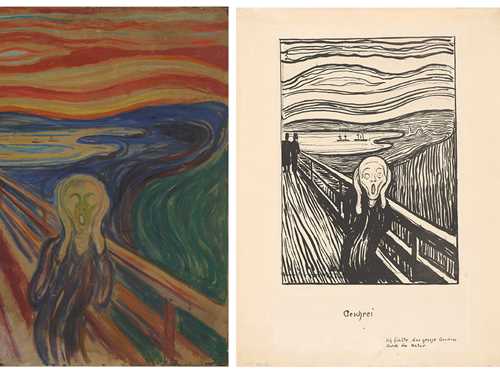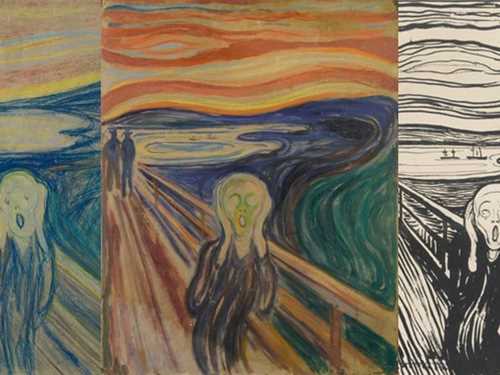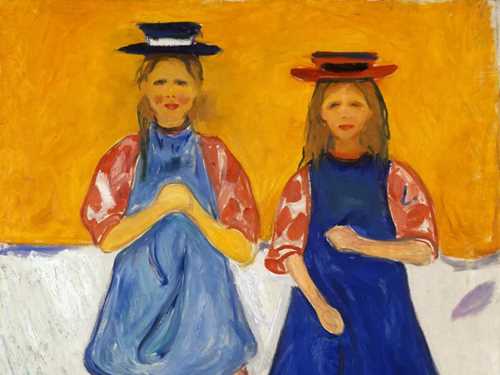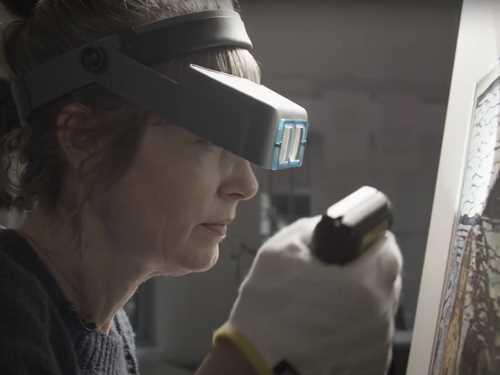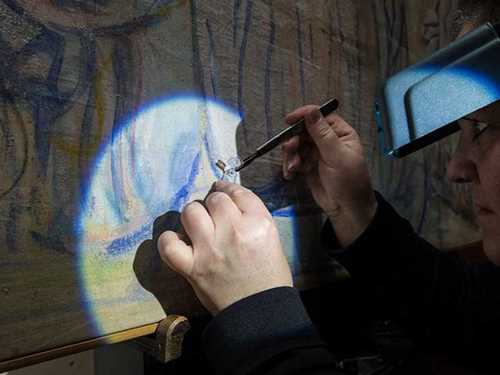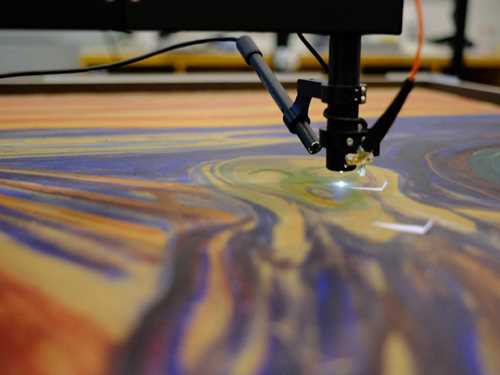The fragile artworks
Exhibiting the works in MUNCH's collection involves a risk in itself.
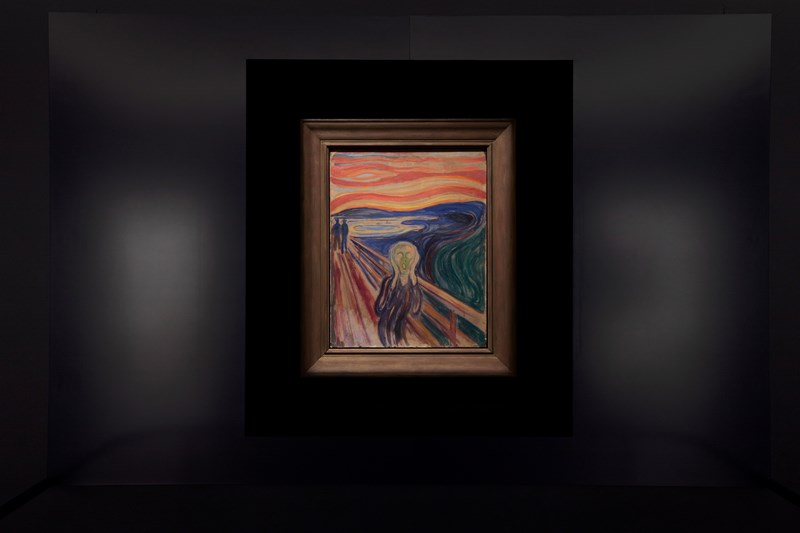
At MUNCH you will find three versions of Edvard Munch's The Scream – a painting, a drawing and a print. One of these is always on display, while the other two rest in the dark. This is the painting, or tempera as we normally say. Photo: Munchmuseet
All art can be damaged by careless handling, but the art at MUNCH is particularly vulnerable. Edvard Munch worked experimentally and with non-traditional painting techniques and use of materials. His rough handling and storage not only left its mark on the works, but also led to real damage. The art was neither made with conservation in mind, nor stored in the best possible way. This is the reason that MUNCH's collection is particularly vulnerable - and that the museum must take extra care of the legacy of Edvard Munch.
Munch had no descendants who could take care of his life's work for him, and he therefore bequeathed all his remaining works to Oslo municipality. When the artist died in 1944, the collection was scattered across the property at Ekely – in outbuildings and studios, in some cases also outdoors. The challenges continued in the Munch Museum on Tøyen, where shortly after opening in 1963 it became apparent that both space and security considerations had been underestimated. Today, the collection has finally been given the environment it deserves, but it is also clear that none of the works have eternal life.
Breaks down over time
Materials such as paper, textiles and color pigments naturally break down over time, and when they are exposed to light, humidity and temperature fluctuations, this breakdown goes faster. Several of Munch's famous works - including all our versions of The Scream - are painted on cardboard, a material that is as fragile as paper. The cardboard is also of poor quality, because it contains a lot of lignin, which makes it both acidic and brittle. This is the reason why we have chosen a presentation model where the works are not displayed all at once.
Exhibiting the works in MUNCH's collection entails in itself a risk of further damage to the art. In addition, there is the risk of accidents or vandalism. Glass and frame fortunately provide good protection against this type of incident, but we cannot trust the framing is not 100% impermeable. Cardboard is an absorbent material, and moisture could cause major damage in the form of irreversible stains if the painting were to be exposed to it.
theft and damages
The Scream is also very vulnerable to tremors and vibrations. A bump against the frame or the glass could lead to vibrations that could loosen unstable materials, such as the color layers in the painting.
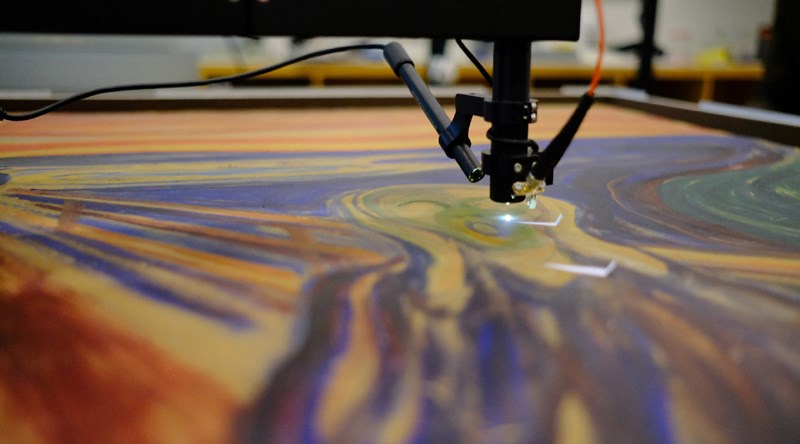
Microfading of The Scream. Photo: Tomasz Łojewski
After the robbery of the Scream in 2004, when the glass was broken and the frame torn off, several scratches appeared through the color layers and down to the cardboard of the painting. It also suffered water damage which appears to be a lightening of the cardboard and color layer in the lower left corner. These are damages that will never be repaired, and the incident obviously contributes to the museum being extra careful with the iconic work.
Present or preserve?
Even that entails great risk, so we choose to display the fragile works rather than just store them safely in dark, cold rooms. Why? Finding the balance between preservation and dissemination of the works of art is something the museum must constantly decide on.
Our conservators have extensive experience in how to take care of the collection, while new research into how aging processes take place constantly gives us the opportunity to develop methods to slow down this development. Loans, transport and major stresses must be reduced for the most fragile works. As far as is reasonable, we want the art to be able to be experienced, but at the same time that future generations can also enjoy the collection.
